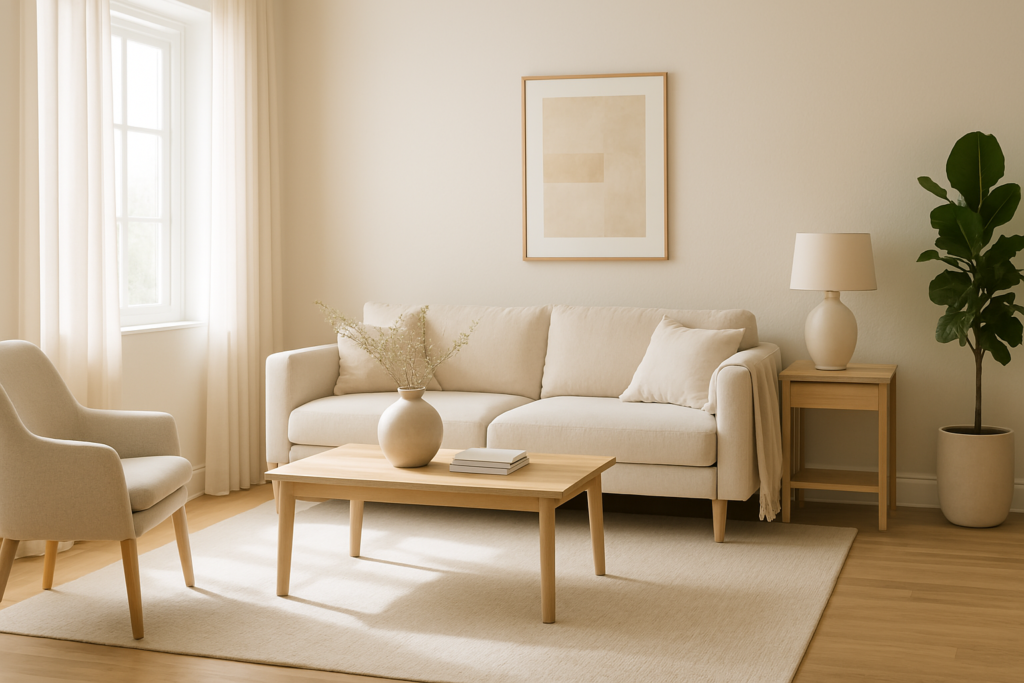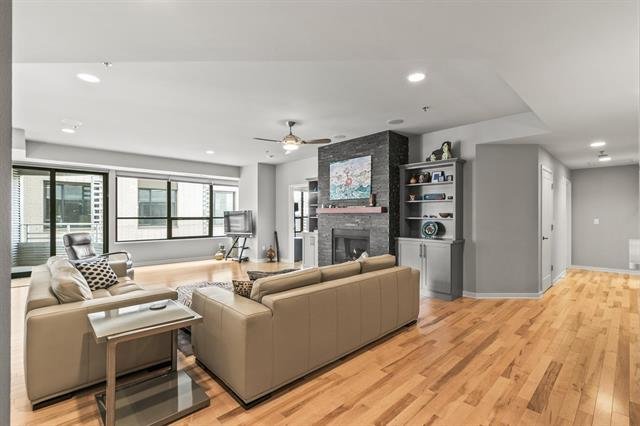The way we design our homes is shifting. What once required a professional designer or architect is now something anyone can experiment with. Thanks to artificial intelligence, planning a home makeover has become more approachable and less daunting.
How AI is Changing Home Design
Artificial intelligence now plays a role in rethinking interior design. AI-powered apps learn from vast amounts of design data and user preferences to offer suggestions that match your style. These tools can analyze room dimensions, color palettes, and layout options to offer personalized ideas for your living space. Imagine being able to visualize different setups before moving a single piece of furniture—that’s what these apps provide.
What AI Interior Design Tools Do
- Personalized Design Suggestions: AI looks at your favorite colors, furniture style, and room size to recommend design options that feel uniquely yours.
- Automated Room Layouts: The technology examines your space and suggests arrangements that make the most of your available area, ensuring each room feels balanced and functional.
- Virtual Staging: With a few clicks, you can see how new furniture, decor, or color schemes will look in your room. This visual preview helps you make decisions without any guesswork.
A Real-Life Makeover Example
Imagine a living room that feels cluttered and outdated. Using an AI design app, a homeowner can experiment with various ideas. The tool might suggest using a soft, neutral color palette, introducing furniture with clean lines, and adjusting lighting to bring in more natural light. In just moments, a 3D preview appears on the screen, showing a calm and organized space that feels inviting. This process helps the homeowner make informed choices without needing to hire a professional.

Benefits and Drawbacks of AI in Home Design
Benefits
- Speed and Convenience: With AI, you can see several design options quickly. This saves you time compared to traditional methods of trial and error.
- Cost Savings: AI tools remove the need for expensive consultations. They offer budget-friendly options that let you experiment with different looks without spending a lot.
- Easy Access to Design Trends: These apps pull inspiration from design ideas around the globe, giving you fresh perspectives for your home projects.
Drawbacks
- Limited Personal Touch: While AI can provide plenty of options, it might not capture the unique emotional elements that a human designer can bring to your project.
- Data Limitations: The quality of suggestions depends on the data the system has learned from. Sometimes, this can result in options that feel too generic.
- User-Dependent Accuracy: The app’s recommendations rely on the details you provide. Incorrect measurements or preferences can lead to suggestions that don’t fit your needs.
Can AI Replace Human Creativity in Interior Design?
Even though AI brings exciting possibilities to home design, it won’t completely replace the creative spark of human designers. The personal insight and artistic vision of a designer still play a crucial role in creating spaces that truly reflect your lifestyle. Instead, AI tools work best as helpful assistants, offering ideas and visualizations that complement your own taste and decision-making.
Limitations to Consider
Despite the impressive capabilities of AI, there are still challenges. The technology may not fully understand personal habits or cultural nuances that influence how a space feels. Additionally, since AI tends to generalize based on available data, some suggestions might miss the finer details that make a room uniquely yours.
Final Thoughts
The future of home design is unfolding before our eyes. AI-powered interior design apps provide practical solutions that make experimenting with your space easier and more affordable. Whether you’re planning a quick room update or a complete overhaul, these tools can help you explore ideas and create a home that fits your style—all with just a few clicks.
Ready to explore a new way of designing your home? Contact Maria Antoinette Today!






